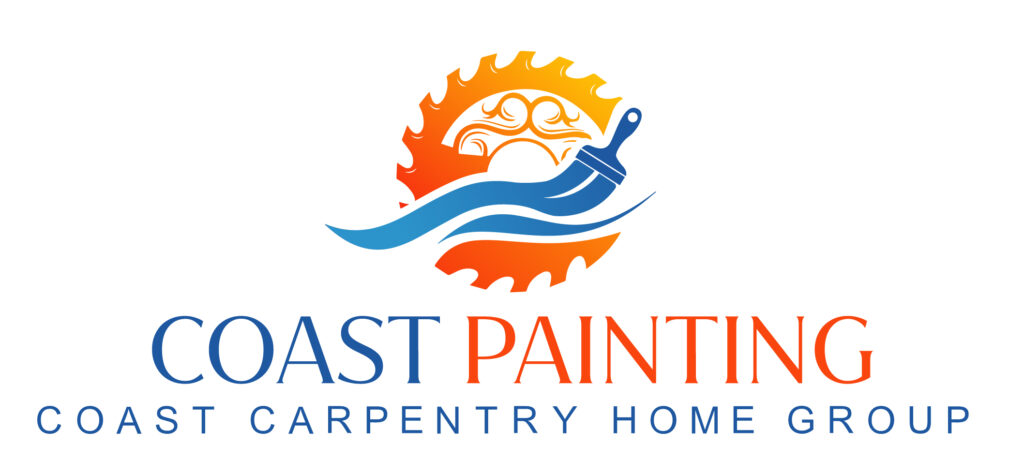Living near the coast offers beauty and serenity, but it brings unique challenges to homeowners, especially when it comes to the exterior of their homes. The salty air, moisture, and harsh weather conditions can significantly affect siding over time. Understanding these impacts is essential for maintaining your home’s appearance and structural integrity. With Cape Cod’s coastal climate, siding damage can occur faster than one might expect, leading to costly repairs and diminished curb appeal.
Maintaining siding in Cape Cod requires awareness of potential threats and proactive measures. Regular care not only preserves the appearance of your home but also safeguards it against future challenges the coastal weather may bring. By staying informed and adopting the right strategies, homeowners can ensure their siding withstands the test of time, even in unpredictable conditions.
Understanding Coastal Weather and Its Effects
Cape Cod’s coastal weather has a direct influence on exterior siding. Salt and moisture are the main culprits, capable of causing both visible and hidden damage. As the wind carries salt from the ocean, it may land on your home’s siding surfaces. Over time, this can lead to corrosion or fading, particularly in metals and certain painted surfaces. Moisture from frequent rains and occasional storms can penetrate the siding, leading to swelling, warping, or mold growth.
Let’s break down how specific weather conditions impact different siding materials:
– Wood Siding: Wood is naturally susceptible to moisture, leading to rot and decay if not properly maintained. The salty air adds another layer of challenge, necessitating regular treatment to combat these effects.
– Vinyl Siding: Though vinyl is more resistant to water, it can still warp or crack under extreme temperatures or prolonged exposure to sunlight. Salt accumulation can dull its appearance, urging the need for frequent cleaning.
– Metal Siding: Metals can corrode when exposed to salt-laden air unless protected by high-quality coatings. Regular inspections will help catch issues early.
Protecting your siding starts with recognizing the changes each season brings. With spring rainfalls and winter snow, each transition presents unique risks for different materials. By prioritizing regular siding inspections and understanding the specific vulnerabilities of your home’s exterior, you can tackle potential issues before they escalate.
Choosing the Right Siding Material for Coastal Areas
Selecting the best siding material for coastal homes can feel like a tall order, given the unique environmental demands. Opting for a material that can withstand salt, moisture, and temperature variations is key. Here’s a rundown of popular choices:
– Vinyl Siding: Easy to maintain and cost-effective, vinyl siding can stand up to most weather conditions. It requires regular cleaning to prevent mildew buildup, but it won’t rot or warp from moisture.
– Fiber Cement Siding: Known for its durability and aesthetic appeal, fiber cement is resistant to both salt air and moisture. It’s a heavier material, so installation is more labor-intensive, but it offers peace of mind with its sturdy nature.
– Engineered Wood Siding: Offers the classic look of wood but with added resilience against the elements. It’s treated to resist moisture and pests, making it a good option for coastal homes that crave traditional styles without the hassle.
When choosing the best siding for your Cape Cod home, consider the maintenance requirements, longevity, and visual fit with your home’s architectural style. Ensure your choice also offers adequate protection against the coastal elements to keep your home secure.
Preventative Maintenance Tips
Regular maintenance can be a game-changer for extending the life of your siding. Here’s how you can keep your siding in top shape:
1. Inspect Regularly: Schedule periodic checks to spot any signs of damage early. Look for cracks, warping, or loose panels, as these can lead to bigger problems if ignored.
2. Clean Often: Wash your siding at least once a year to remove salt, dirt, and mildew. Use a soft brush and mild detergent to avoid scratching or damaging the surface.
3. Use Protective Coatings: Apply protective finishes that safeguard against UV rays and moisture, especially if you have wood or metal siding. These coatings can prevent fading and prolong the material’s lifespan.
4. Trim Nearby Foliage: Keep shrubs and trees trimmed away from your siding. This prevents moisture buildup and reduces the risk of damage during strong winds.
Regularly implementing these maintenance steps can save significant time and money on future repairs. It’s about establishing a routine that becomes second nature, protecting your home with minimal hassle.
When to Call Professionals
While some homeowners enjoy the DIY approach, certain situations call for professional expertise. Recognizing the signs of major damage early means you can get help before things get worse:
– Severe Warping or Cracking: If you notice extensive damage or unexpected changes in your siding’s shape, it’s time to seek professional advice. These issues might indicate structural problems beneath the surface.
– Persistent Mold or Mildew: If mold or mildew keeps returning despite regular cleaning, there might be a deeper moisture issue at play that requires expert intervention.
– Frequent Repairs Needed: When you’re repeatedly fixing problems, it may be more cost-effective to have a professional assess the overall condition and suggest long-term solutions.
Taking swift action in these scenarios can prevent more widespread damage and ensure your siding performs its protective duties effectively.
Safeguarding Your Home for the Future
Shielding your home against Cape Cod’s coastal elements doesn’t stop at picking the right siding material. Long-term strategies are just as crucial:
– Plan for Regular Maintenance: Establish a schedule that works with the seasons, keeping in mind that spring and fall are optimal for thorough inspections and maintenance.
– Stay Prepared for Severe Weather: Develop a clear plan for securing your home in advance of storm warnings. Securing loose items in your yard and ensuring all siding panels are properly fastened can reduce potential damage.
Planning and consistent care make all the difference in maintaining siding that stands up to both time and nature. By focusing on prevention and proper material choice, you protect not just the exterior of your home, but its interior wellbeing as well.
Wrap-Up
Keeping your home’s siding in optimal condition in a coastal area like Cape Cod is all about understanding the environment and reacting accordingly. It involves recognizing the impact of salt, moisture, and temperature changes, and taking proactive steps to combat these challenges with informed material choices and diligent maintenance practices. Remember, your home is your sanctuary; investing a little effort in its protection ensures it remains welcoming and robust for years to come.
Protecting your home’s exterior from the challenges of coastal living is essential for maintaining its value and appearance. When you’re ready to enhance your home’s defense against the elements, consider exploring Cape Cod siding installation. Coast Carpentry Construction offers expert services tailored to meet the distinctive needs of coastal properties. Visit their siding installation services page to learn more and ensure your home remains both beautiful and well-protected.







